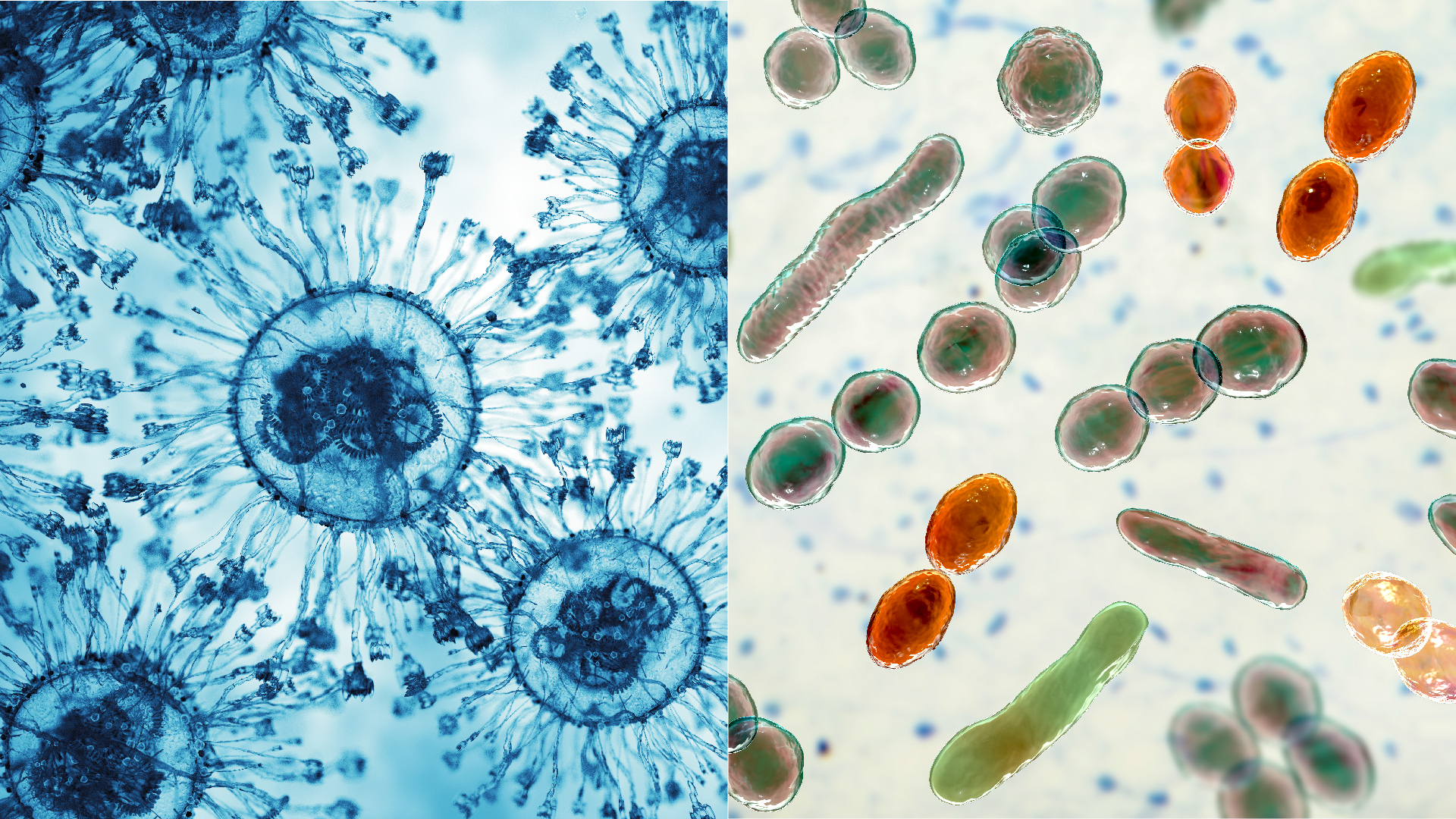Molecules, Vol. 29, Pages 4931: Micronized Rose Petal Powder: A Valuable Edible Floral Food Ingredient Containing Bioactive Compounds
Molecules doi: 10.3390/molecules29204931
Authors: Renata Różyło Ryszard Amarowicz Michał Adam Janiak Marek Domin Igor Różyło Klaudia Rząd Arkadiusz Matwijczuk Robert Rusinek Marek Gancarz
Flower petals, as byproducts, provide significant health benefits and can be used in food production. In this study, the impact of the micronization process using a ball mill on the properties of micronized powders derived from wild rose petals of the rugosa variety (Rosa rugosa Thunb.) was examined. The micronized rose powders were subjected to an investigation regarding their particle size, color, molecular characterization (FTIR), electronic nose procedure and antioxidant potential. The study found that micronization considerably reduced d50 particle dimensions from 98.6 µm to 39.9 µm. An FTIR analysis revealed the presence of characteristic (2980, 1340, and 1225 cm−1) bands. The hydrolysable tannins are the most abundant polyphenolic chemicals in rose powders, followed by anthocyanins. Rose powders are an extremely valuable antioxidant raw material due to their high total phenol content (71.8 mg GAE/g), which increased by approximately 26% after micronization. The antioxidant activity, as determined by ABTS•+, DPPH• and FRAP, is likewise very high. The intensity of volatile chemicals decreased in powders after micronization.

 10 hours ago
12
10 hours ago
12


